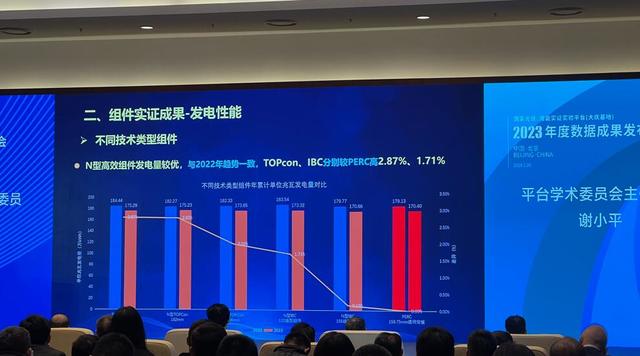Starting from 2022, n-type cells and module technologies have been receiving increasing attention from more power investment enterprises, with their market share continuously rising. In 2023, according to statistics from Sobey Consulting, the sales proportion of n-type technologies in most leading photovoltaic enterprises generally exceeded 30%, with some companies even surpassing 60%. Moreover, no fewer than 15 photovoltaic enterprises have explicitly set a target of “exceeding a 60% sales proportion for n-type products by 2024″.
In terms of technological routes, the choice for most enterprises is n-type TOPCon, though some have opted for n-type HJT or BC technology solutions. Which technology solution and what kind of equipment combination can bring higher power generation efficiency, higher power generation, and lower electricity costs? This not only affects the strategic investment decisions of enterprises but also influences the choices of power investment companies during the bidding process.
On March 28th, the National Photovoltaic and Energy Storage Demonstration Platform (Daqing Base) released the data results for the year 2023, aiming to reveal the performance of different materials, structures, and technology products under real operating environments. This is to provide data support and industry guidance for the promotion and application of new technologies, new products, and new materials, thereby facilitating product iteration and upgrades.
Xie Xiaoping, the chairman of the platform’s academic committee, pointed out in the report:
Meteorological and irradiation aspects:
The irradiation in 2023 was lower than the same period in 2022, with both horizontal and inclined surfaces (45°) experiencing a 4% decrease; the annual operation time under low irradiation was longer, with operations below 400W/m² accounting for 53% of the time; the annual horizontal surface backside irradiation accounted for 19%, and the inclined surface (45°) backside irradiation was 14%, which was essentially the same as in 2022.
Module aspect:
n-type high-efficiency modules had superior power generation, consistent with the trend in 2022. In terms of power generation per megawatt, TOPCon and IBC were respectively 2.87% and 1.71% higher than PERC; large-size modules had superior power generation, with the largest difference in power generation being about 2.8%; there were differences in module process quality control among manufacturers, leading to significant differences in the power generation performance of modules. The power generation difference between the same technology from different manufacturers could be as much as 1.63%; most manufacturers’ degradation rates met the “Specifications for the Photovoltaic Manufacturing Industry (2021 Edition)”, but some exceeded the standard requirements; the degradation rate of n-type high-efficiency modules was lower, with TOPCon degrading between 1.57-2.51%, IBC degrading between 0.89-1.35%, PERC degrading between 1.54-4.01%, and HJT degrading up to 8.82% due to the instability of amorphous technology.
Inverter aspect:
The power generation trends of different technology inverters have been consistent over the past two years, with string inverters generating the highest power, being 1.04% and 2.33% higher than centralized and distributed inverters, respectively; the actual efficiency of different technology and manufacturer inverters was around 98.45%, with domestic IGBT and imported IGBT inverters having an efficiency difference of within 0.01% under different loads.
Support structure aspect:
Tracking supports had the optimal power generation. Compared to fixed supports, dual-axis tracking supports increased power generation by 26.52%, vertical single-axis supports by 19.37%, inclined single-axis supports by 19.36%, flat single-axis (with a 10° tilt) by 15.77%, omni-directional supports by 12.26%, and fixed adjustable supports by 4.41%. The power generation of different types of supports was greatly affected by the season.
Photovoltaic system aspect:
The three types of design schemes with the highest power generation were all dual-axis trackers + bifacial modules + string inverters, flat single-axis (with a 10° tilt) supports + bifacial modules + string inverters, and inclined single-axis supports + bifacial modules + string inverters.
Based on the above data results, Xie Xiaoping made several suggestions, including improving the accuracy of photovoltaic power prediction, optimizing the number of modules in a string to maximize equipment performance, promoting flat single-axis trackers with a tilt in high-latitude cold-temperature zones, improving the sealing materials and processes of Heterojunction cells, optimizing the calculation parameters for bifacial module system power generation, and improving the design and operation strategies of photovoltaic storage stations.
It was introduced that the National Photovoltaic and Energy Storage Demonstration Platform (Daqing Base) planned about 640 experimental schemes during the “Fourteenth Five-Year Plan” period, with no less than 100 schemes per year, translating to a scale of approximately 1050MW. The second phase of the base was fully constructed in June 2023, with plans for full operational capacity in March 2024, and the third phase began construction in August 2023, with pile foundation construction completed and full operational capacity planned by the end of 2024.
Post time: Apr-01-2024

